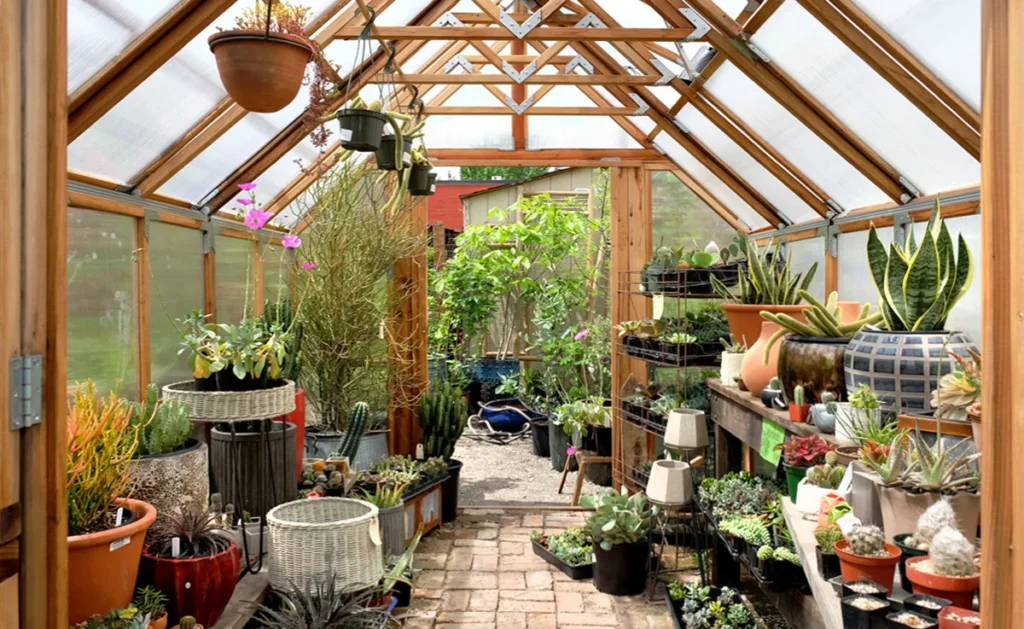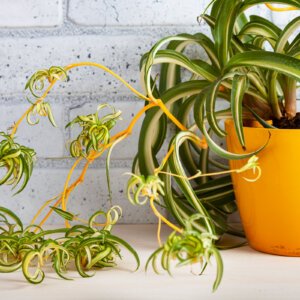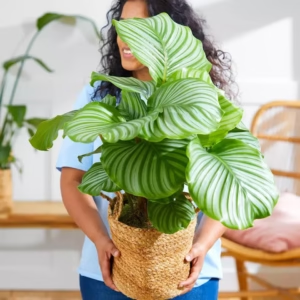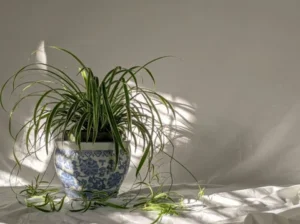Introduction
Indoor gardening has become a trend worldwide, especially for people living in apartments or urban areas with limited outdoor space. An indoor greenhouse allows you to grow herbs, vegetables, flowers, and even tropical plants right inside your home. It provides a controlled environment where you can manage light, humidity, and temperature – giving your plants the best chance to thrive all year round.
In this guide, you’ll learn everything about indoor greenhouses, including benefits, types, costs, maintenance tips, and answers to the most common questions.
What is an Indoor Greenhouse
An indoor greenhouse is a compact structure designed for growing plants indoors. Unlike an outdoor greenhouse, it doesn’t depend on weather conditions. You can build it as small as a tabletop unit or as large as a walk-in greenhouse inside your home.
Indoor greenhouses are perfect for city dwellers, apartment owners, or anyone who wants fresh greens and flowers year-round.
Benefits of Having an Indoor Greenhouse
1:Grow Plants Year-Round
Seasons no longer matter. With an indoor greenhouse, you can grow your favorite plants even in winter.
2:Perfect for Small Spaces
They are compact and fit well in apartments, condos, or even bedrooms.
3:Cleaner Air and Relaxation
Indoor greenhouses improve indoor air quality and create a calming environment, reducing stress and boosting mood.
4:Controlled Growing Conditions
You control humidity, watering, and light – which means healthier plants and higher yields.
Best Plants for Indoor Greenhouse
Choosing the right plants ensures success. Here are popular options:
- Herbs: Basil, mint, oregano, thyme, parsley
- Vegetables: Lettuce, spinach, cherry tomatoes, peppers
- Flowers: Orchids, African violets, begonias
- Succulents & Cacti: Aloe vera, jade plant, zebra cactus
Tip: Start with easy-to-grow plants like basil and lettuce if you’re new.
Types of Indoor Greenhouses
1:Small Indoor Greenhouse for Apartments
Compact setups that fit in tight spaces. Best for herbs and small flowers.
2:Tabletop Indoor Greenhouse
A mini version that can sit on your kitchen counter or office desk.
3:Indoor Greenhouse Cabinet
Stylish, glass-door cabinets with shelves – perfect for medium plant collections.
4:Large Indoor Greenhouse for Homes
Larger structures suitable for growing multiple vegetables and larger plants.
How to Build an Indoor Greenhouse at Home
Here’s a step-by-step method:
- Choose the right spot – near a sunny window or balcony.
- Pick a structure – tabletop, cabinet, or a frame greenhouse.
- Install lighting – LED grow lights if natural sunlight is limited.
- Add shelves & containers – organize plants neatly.
- Ensure air circulation – use small fans or vents.
- Monitor climate – place a thermometer and humidity meter inside.
Indoor Greenhouse Lighting Setup
| Type of Light | Best For | Notes |
|---|---|---|
| LED Grow Lights | Most plants | Energy-efficient, long-lasting |
| Fluorescent Lights | Seedlings & herbs | Affordable, good for small setups |
| Natural Sunlight | Windows/balconies | Best option but limited indoors |
Pro Tip: Most indoor plants need 12–16 hours of light daily.
Indoor Greenhouse Ideas for Small Spaces
- Use a tabletop greenhouse on your kitchen counter.
- Install a greenhouse cabinet in your living room.
- Create a hanging terrarium wall for herbs.
- Add a mini greenhouse shelf to your balcony.
These setups save space while adding beauty to your home.
Indoor Greenhouse Accessories You Need
To keep your greenhouse thriving, you’ll need:
- Humidifier (for dry rooms)
- Thermometer & hygrometer
- Small fan for ventilation
- Plant racks & shelves
- Self-watering pots
These tools help create the perfect environment for your plants.
Cost of Setting Up an Indoor Greenhouse
| Type of Indoor Greenhouse | Approximate Cost | Suitable For |
|---|---|---|
| Tabletop Greenhouse | $30 – $80 | Herbs & small plants |
| Indoor Cabinet Greenhouse | $100 – $300 | Medium plant collections |
| Large Indoor Greenhouse | $400 – $800+ | Vegetables & multiple plants |
Budget Tip: Start small and scale up as you gain experience.
Maintenance Tips for Indoor Greenhouse
1:Regular Watering Schedule
Check soil moisture regularly but avoid overwatering.
Monitor Temperature and Humidity
Keep it between 65–75°F (18–24°C) for best growth.
2:Prevent Mold and Pests
Ensure proper airflow and clean leaves to stop fungal growth.
3:Rotate Plants for Even Growth
Helps avoid one-sided leaning towards the light.
Indoor Greenhouse vs Outdoor Greenhouse
| Feature | Indoor Greenhouse | Outdoor Greenhouse |
|---|---|---|
| Space Requirement | Small to medium | Large areas needed |
| Weather Dependency | No | Yes |
| Temperature Control | Easy | Climate-dependent |
| Cost | Moderate | Can be expensive |
Indoor Greenhouse for Beginners – Mistakes to Avoid
- Overwatering plants.
- Using the wrong soil.
- Poor lighting setup.
- Forgetting ventilation.
- Choosing plants that don’t thrive indoors.
Frequently Asked Questions (FAQs)
Q1. Can you grow vegetables in an indoor greenhouse?
Yes! Vegetables like tomatoes, peppers, and lettuce grow well indoors.
Q2. Do indoor greenhouses need sunlight?
Not always. LED grow lights can replace natural sunlight effectively.
Q3. How much electricity does an indoor greenhouse use?
It depends on the size and lighting, but modern LED grow lights are energy-efficient.
Q4. Is an indoor greenhouse worth it?
Absolutely. It provides fresh food, purifies air, and beautifies your living space.
Conclusion
An indoor greenhouse is a game-changer for plant lovers. Whether you live in a small apartment or a spacious home, there’s a greenhouse design that fits your lifestyle. It’s not just about growing plants – it’s about creating a green, relaxing environment inside your home.
Ready to set up your indoor greenhouse? Visit Indoor Plant Helper for expert guides, care tips, and the best plant recommendations to get started today!





